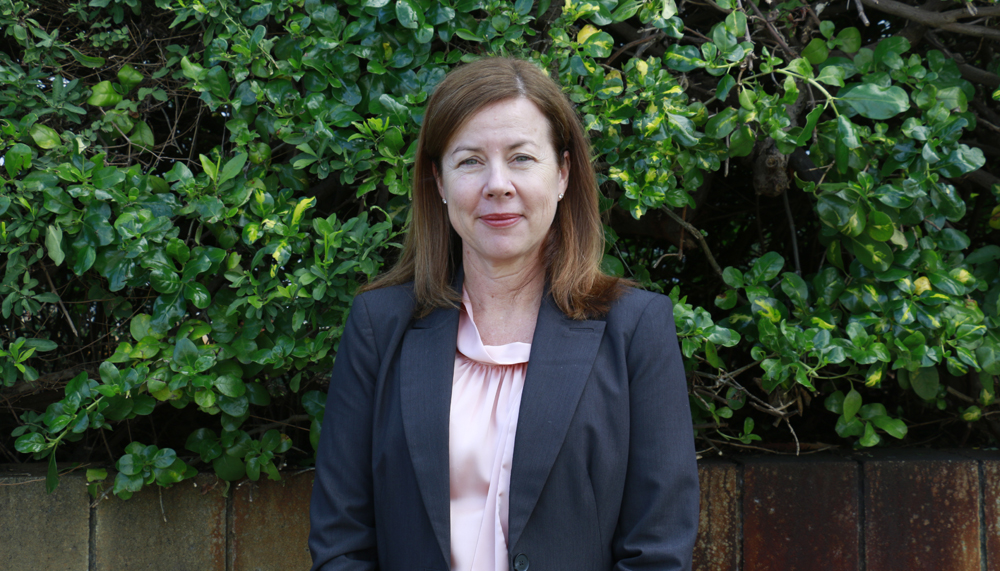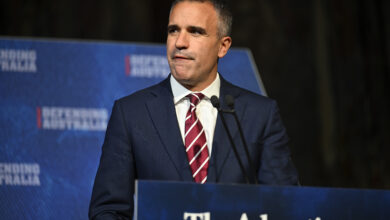Into the fray

Opportunities abound for leadership and reform as new WA chief nurse takes office.
Meet WA’s new chief nurse and midwifery officer, Karen Bradley.
An RN with a master’s degree in leadership, Bradley has more than 25 years’ experience within a variety of clinical and health management roles, in a mixture of private, public, metropolitan and country health services.
Bradley replaced Catherine Stoddart who, after five years, finished up in February to take up the position of chief nurse with the Oxford University Hospital Trust.
Having been in the position just over a month now, Bradley’s primary focus has been to get out and meet with stakeholders, both in the public hospital system and the community.
"I am very much into the discovery phase," she says. "My key priority has been to listen to as many voices as I can to see what others consider the priorities to be. Not just in nursing and midwifery, but also just generally in the management of our health services."
Bradley spoke with Nursing Review about stepping into the new role, and how she plans to influence nursing and midwifery at both the state and national levels.
NR: Congratulations on the new role. How would you describe the current state of play in nursing and midwifery in WA?
KB: We are in a positive time in terms of our opportunities. We have a lot of change happening in our metropolitan health system and also in our country system, with a big investment in new infrastructure.
We have new hospitals opening in a number of our regional centres, along with the new Fiona Stanley Hospital just starting to commence its phased opening.
Along with that, we have a significant reconfiguration of services. I am not sure any of us will see such a reorganisation again in our lifetime. It will affect a large number of hospitals across metropolitan Perth.
In amongst all of that, which is a huge endeavour, I think there is a lot of energy for nurses and midwives to come in and lead a lot of that change. New opportunities coming out of that are significant as well.
We have many experienced and senior nurses around the state who are all heavily engaged and have significant roles to play in that reconfiguration, so they can influence how it happens and the models of care and different opportunities for reform.
What are your short-term priorities?
I think in the short term, because we have this immediate reconfiguration program going, I don’t want to spend too long in planning mode.
Over the next months, we need to support our health services through that reconfiguration and make sure our nurses and midwives are engaged through that process.
Whilst focus on the immediacy of sustaining our workforce through this change, we are also making sure we are taking full advantage of opportunities to embed new models of care that are in the here and now.
We have some exciting models of care emerging around eligible midwives and midwifery groups practice. We are also looking at where to from here in relation to the further enhancement of the nurse practitioner role – particularly in non-hospital settings and prevention of admissions.
I am also meeting with stakeholders to bring about or quickly develop a strategic plan for the next few years as soon as we can; not spending too long in planning mode but learning from others, using evidence that is around from other health systems, experience.
What are your longer-term goals?
I think nurses and midwives are well placed to lead and be leaders in partnership with other health professionals and health service managers to help drive reform, improve quality of care and look at some of those efficiency issues as well.
I believe they can step up as real managers of the care process across the whole continuum. I think nurses and midwives are well placed to take responsibility for that care process and make sure patients are accessing care – right from the community into hospital and back out to the community. Nurses and midwives need to step into that role of managing that so patients have access to the best quality care in the right place at the right time.
Overall, it’s about positioning nursing and midwifery to be at the forefront of that improvement agenda.
What do you believe will be the values and attributes of the nursing leaders of the future?
First and foremost, leaders need to have credibility – so some knowledge and skills in their particular area.
Leaders need to be able to influence the culture, and that is about building cultures that are patient-centred. These cultures should engage not just nurses and midwives but the whole healthcare team in wanting to be the best they can be and provide the best care possible.
Email: [email protected]





